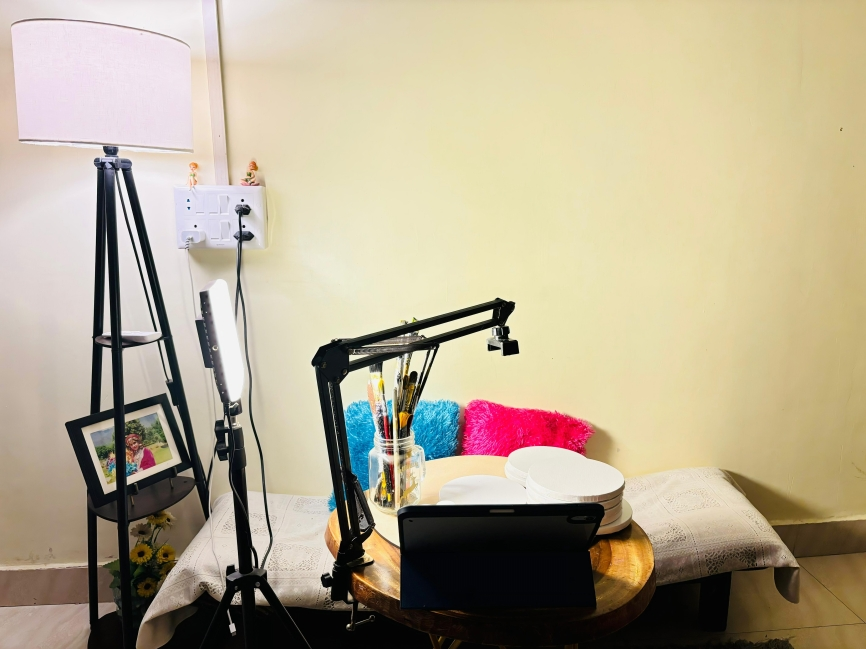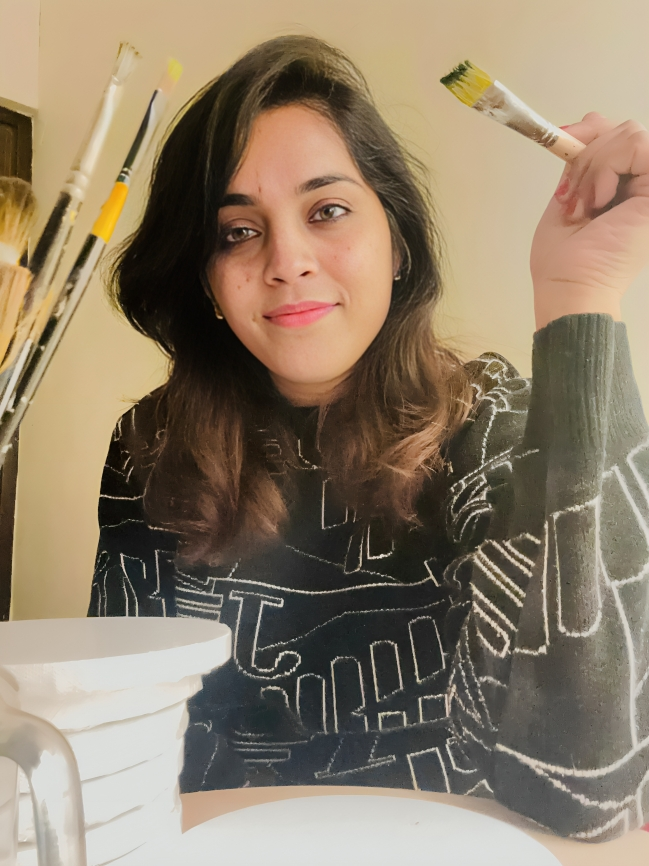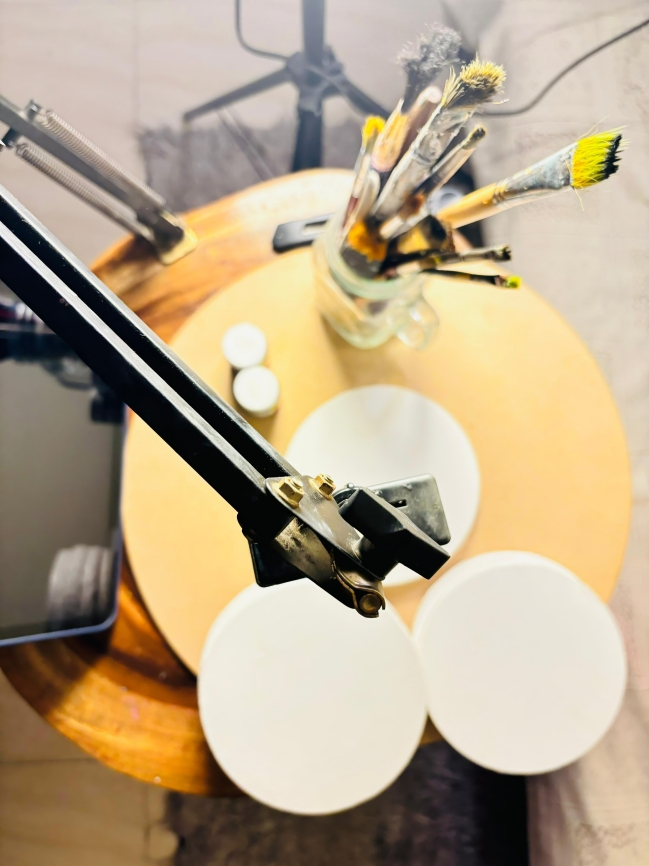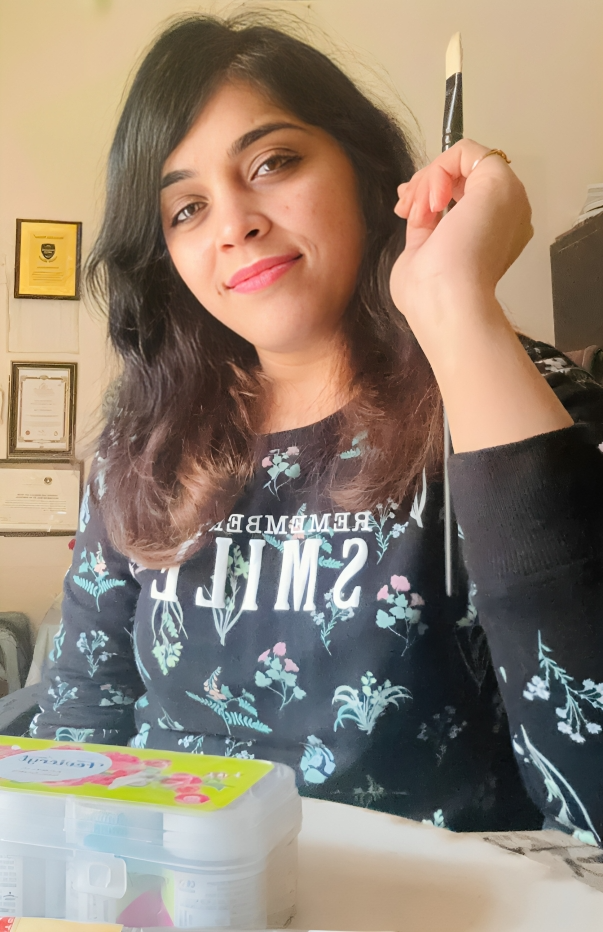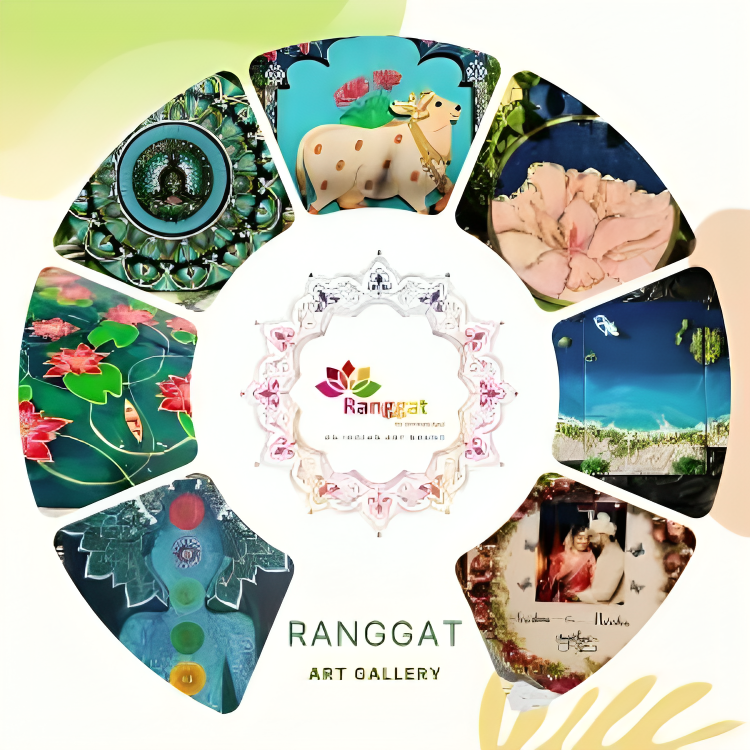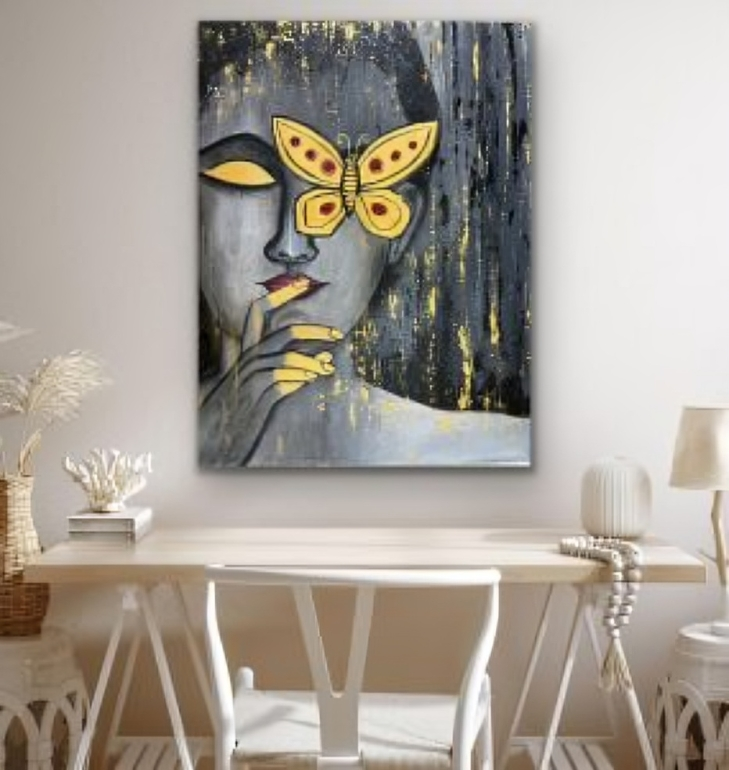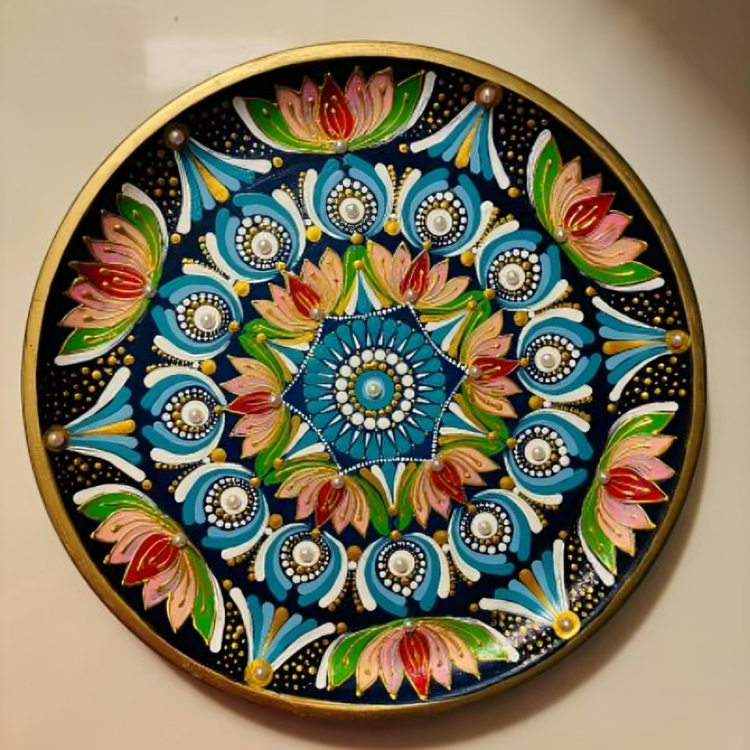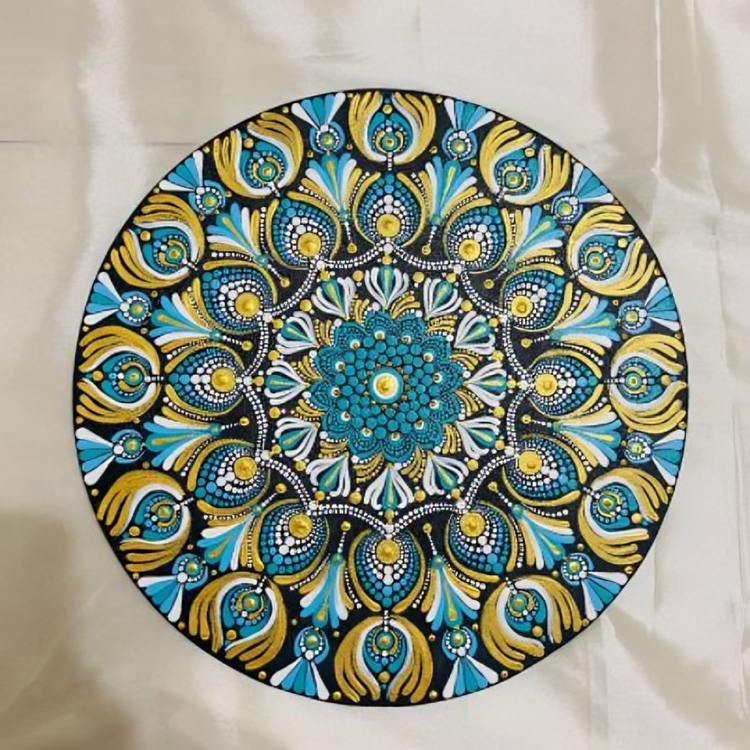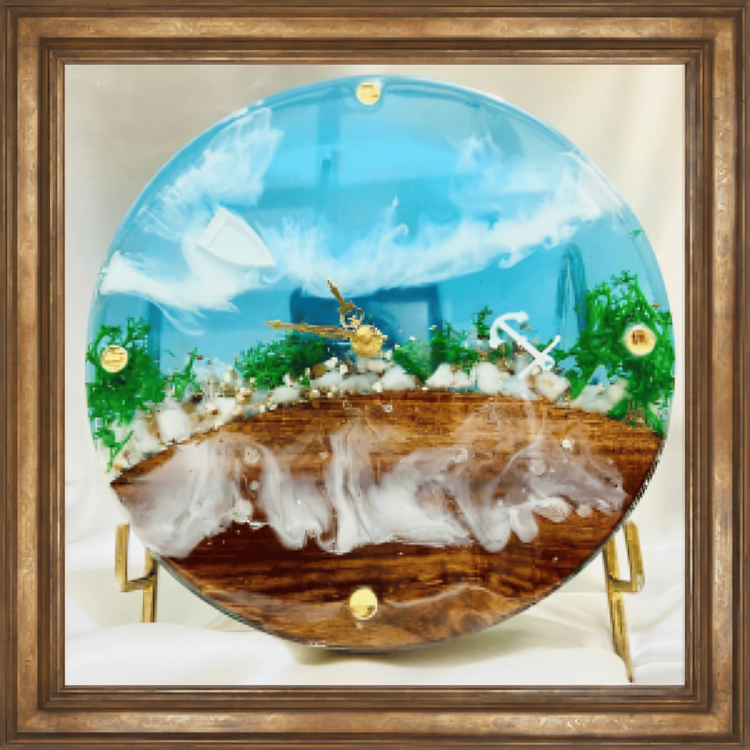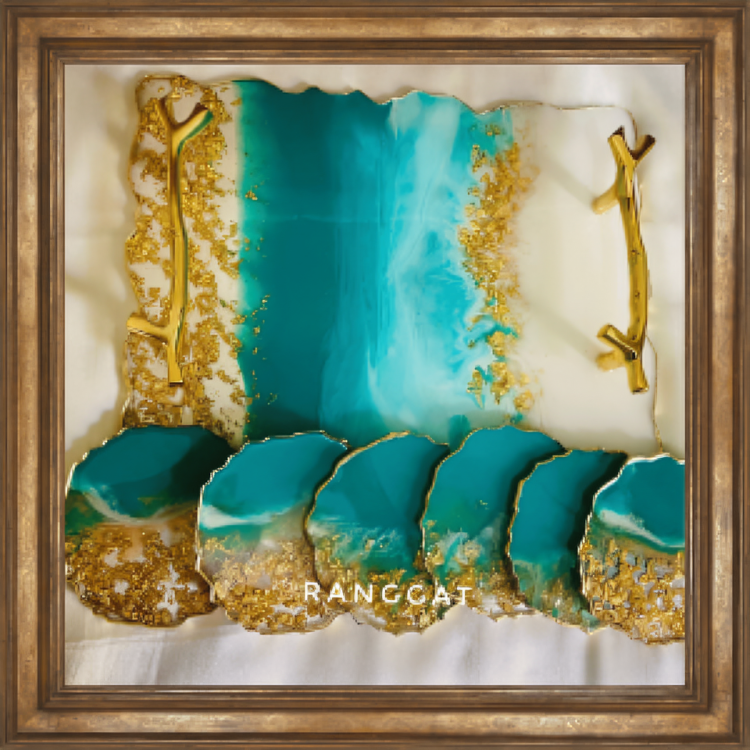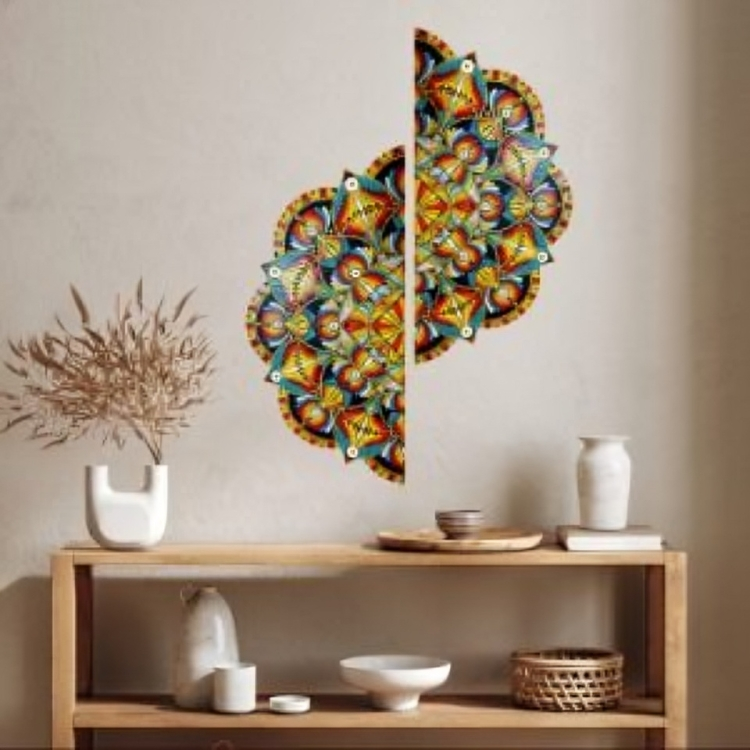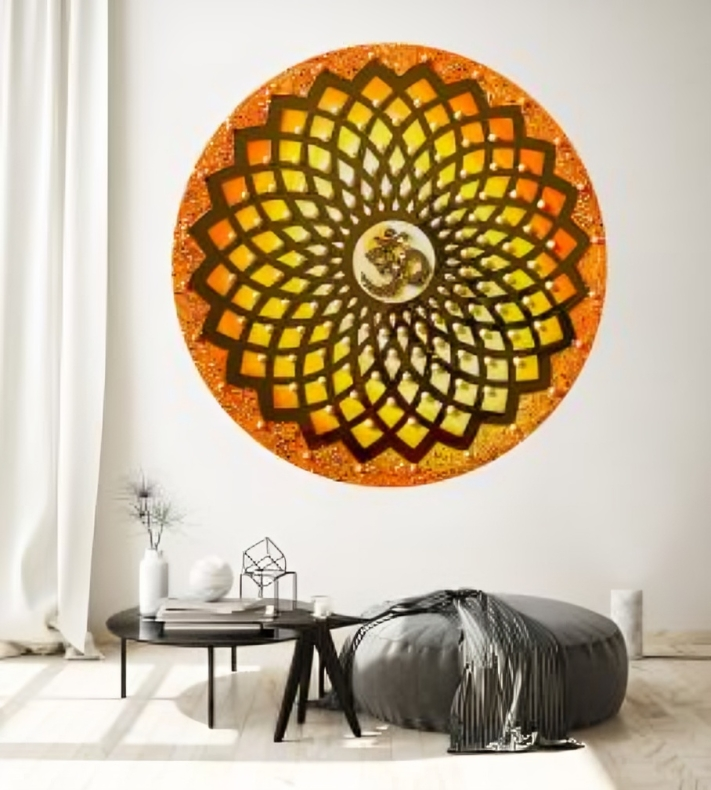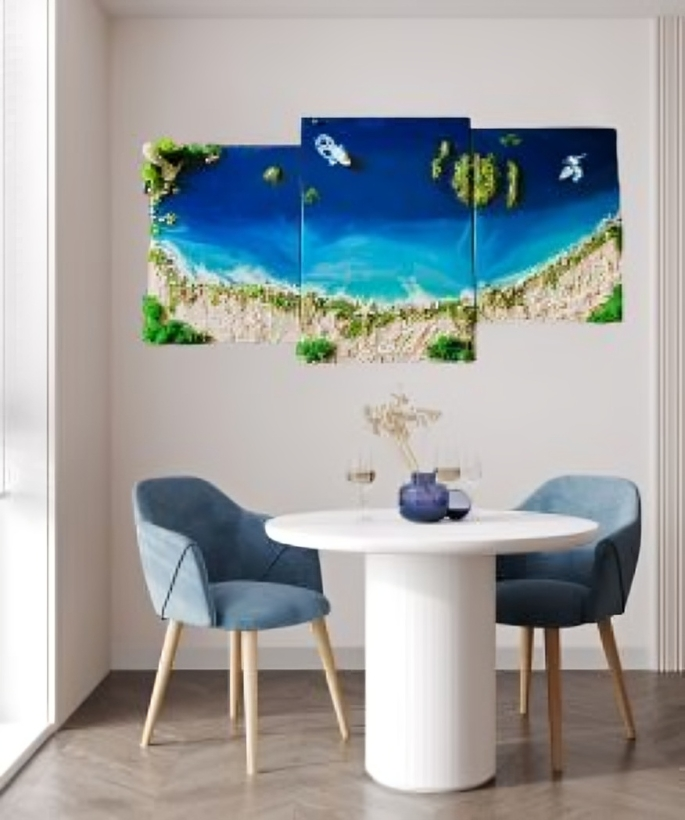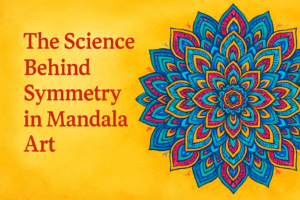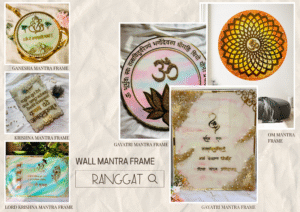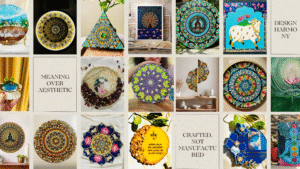As the sun peeps through my window, creating gentle golden streaks on the wall, I take a drink of my first cup of tea and enjoy the idea of another Ranggat day. This is my haven, where colors dance and imaginative thoughts blossom. Ranggat is not just a name; it’s an extension of my soul, a place where I give form to visions that live in my mind.
The Morning Ritual: Welcoming Inspiration
Every artist needs a routine. Mine begins with silence. I open the windows and let the breeze flow in, carrying with it the scents of earth and life from outside. I establish a connection with the world beyond my canvas during this interval. My inspiration may come from the rustle of leaves or the sound of laughter in the distance.
I take a walk around my workspace, observing unfinished pieces. Each brushstroke or pencil line whispers a story that hasn’t yet been completed. I’m reminded of where I left off, but more importantly, I’m pulled into where I’m going next.
Diving into the Canvas
By mid-morning, I’m ready to let my ideas flow. I approach a fresh canvas, its stark white surface thrilling and frightening all at once. The first mark is always an act of courage. It’s like opening a door to a place you’ve never been yet feel inexplicably drawn to.
I work with resin, alcohol inks, acrylic colors, canvas, and wood. My hands move instinctively, guided by years of practice and the raw energy of the moment.
At Ranggat, creativity knows no boundaries. Here, colors are loud or subtle, lines are sharp or fluid, and the rules of reality bend to my will.
The Dance Between Vision and Process
Art is a conversation between my vision and the possibilities of the medium. Sometimes a composition takes an unexpected turn, or the paint resists my ideas. The process includes both exhilaration and frustration. I have learned to give myself over to this movement at Ranggat.
Sometimes, I step back to see the work from different angles, squinting to discover hidden shapes or meanings. Other times, I turn away completely, giving the piece time to breathe. When I return, I see it with fresh eyes – like meeting an old friend who has grown in ways I never imagined.
Midday: The Creative Flow
As the day warms, so does my creative rhythm. My brush strokes become bolder, my decisions more intuitive. There’s a flow state that artists talk about – when time seems to disappear and the world narrows down to the canvas. At Ranggat, I lose myself in this current, forgetting to eat, forgetting to check my phone, forgetting everything but the colors, lines, and textures in front of me.
It’s during these moments that my vision comes to life. Sometimes it’s a serene landscape, sometimes an abstract expression of emotion. Whatever emerges, it is honest, raw, and uniquely mine.
Afternoon Reflections
As the afternoon sun casts long shadows, I step back to reflect. The painting in front of me is a blend of intention and spontaneity. I ask myself: Does this piece capture what I felt? Is it saying what I want it to say? There’s a dialogue between me and the work that’s sometimes reassuring, sometimes challenging.
I’m not always ready to answer these questions. Art, like life, doesn’t always offer immediate clarity. But I trust that with time and patience, the piece will reveal itself.
The Evening Closure
As the light dims, I clean my brushes and organize my space. This act of tidying up is almost meditative. It closes the chapter of today’s work and prepares me for the stories of tomorrow.
I leave my workplace with my mind still buzzing, ideas lingering in the air like unfinished symphonies. The studio door closes behind me, but my vision continues to evolve quietly, in the background of my thoughts.
The Never-Ending Journey
Being an artist at Ranggat is not a job; it’s a way of life. Every day is a journey through inspiration, struggle, and creation. My workplace is a witness to my doubts and wins, a collaborator in bringing my visions to life.
Tomorrow, I’ll return to this space for a fresh canvas or an ongoing piece. The cycle of creation will start anew. And with it, the endless possibility to express, explore, and connect through art.
This is my life. This is my vision. This is Ranggat.

